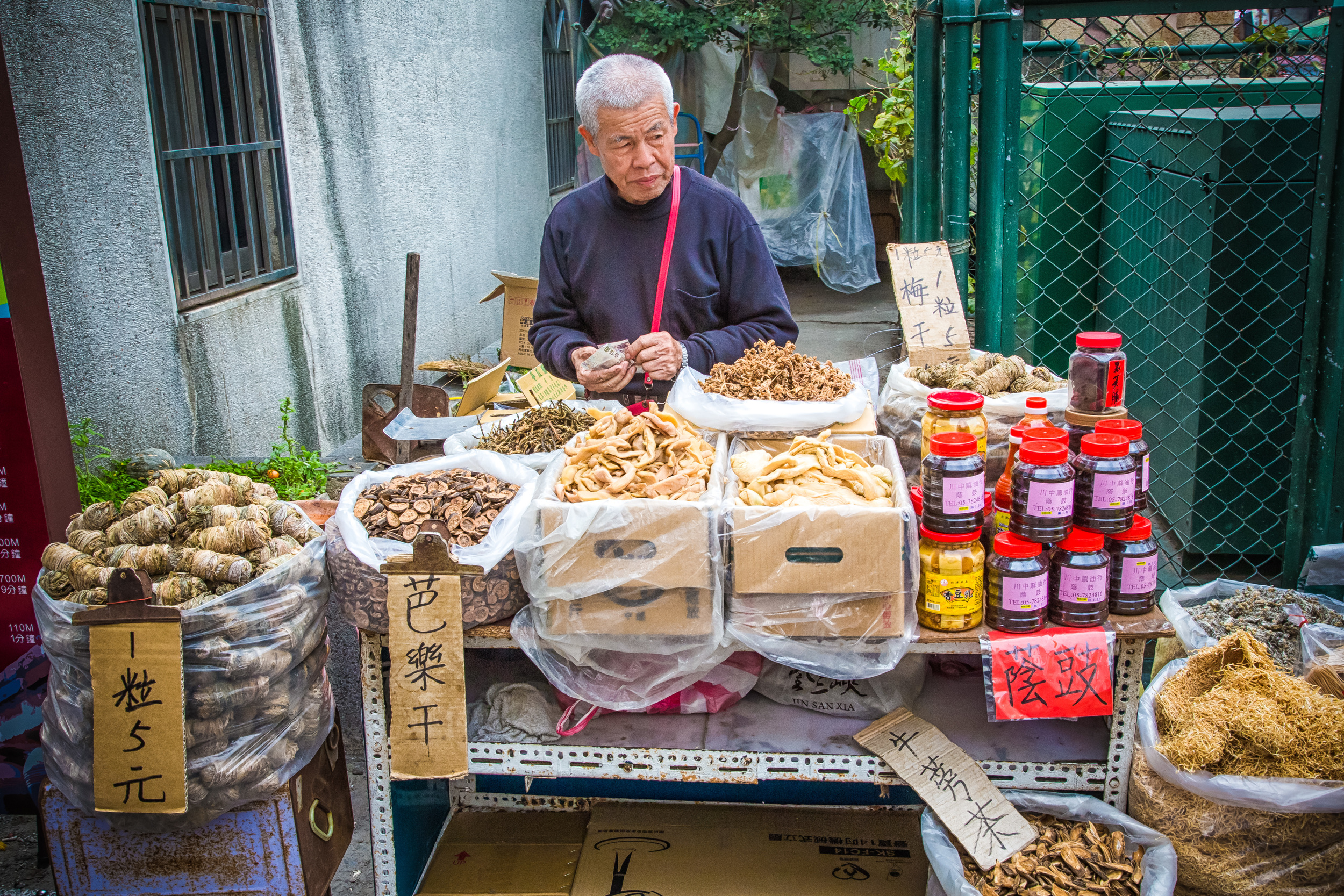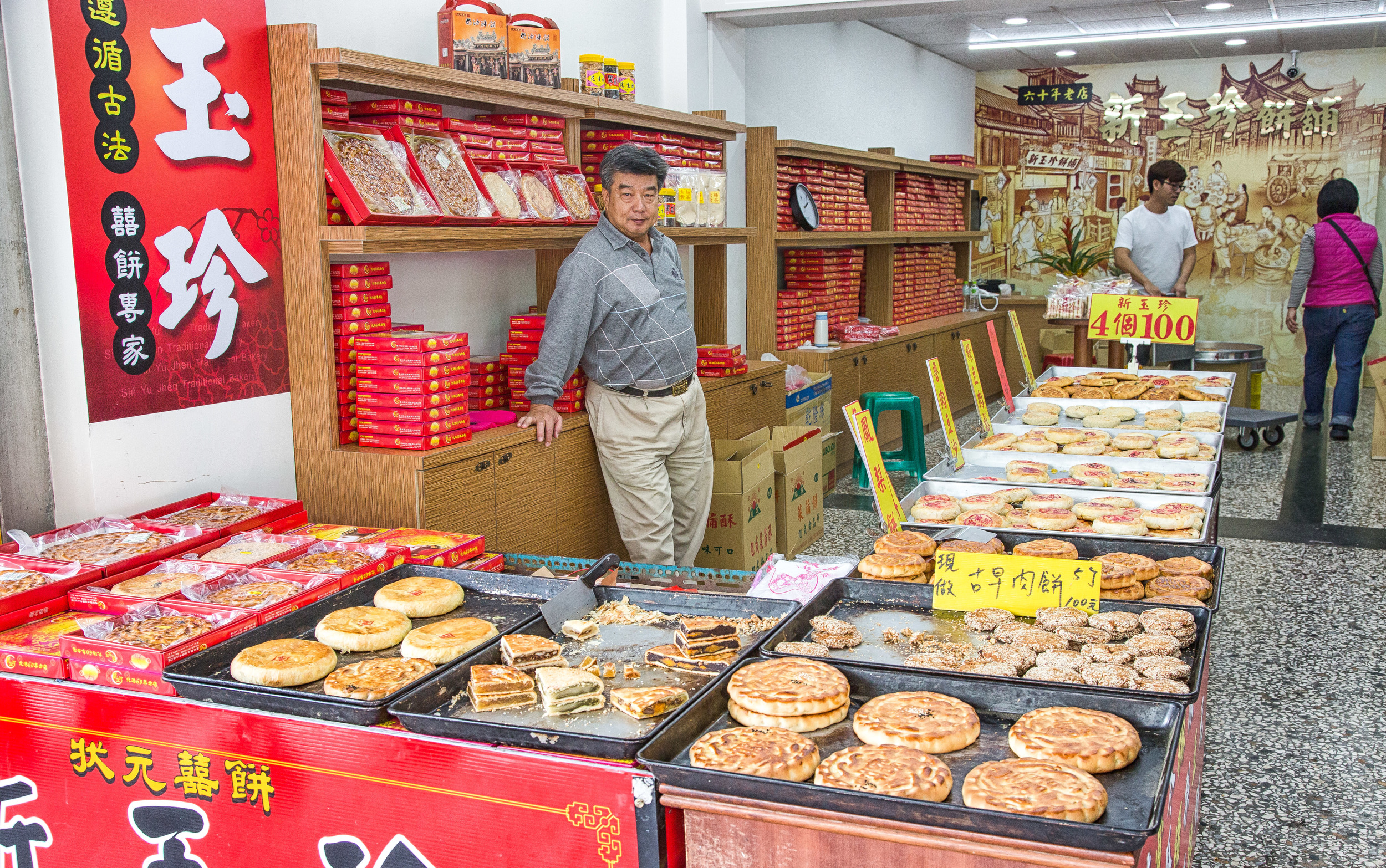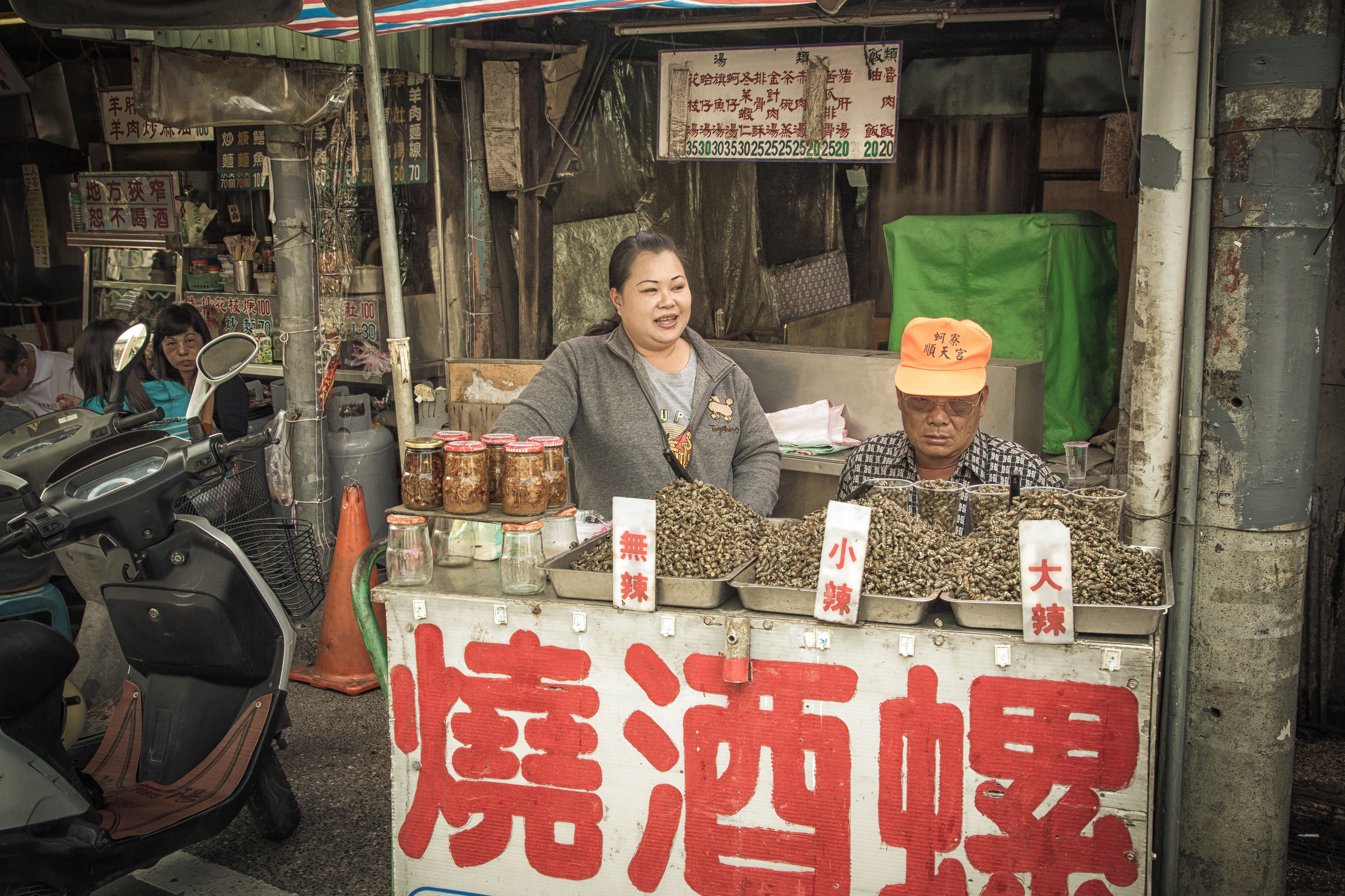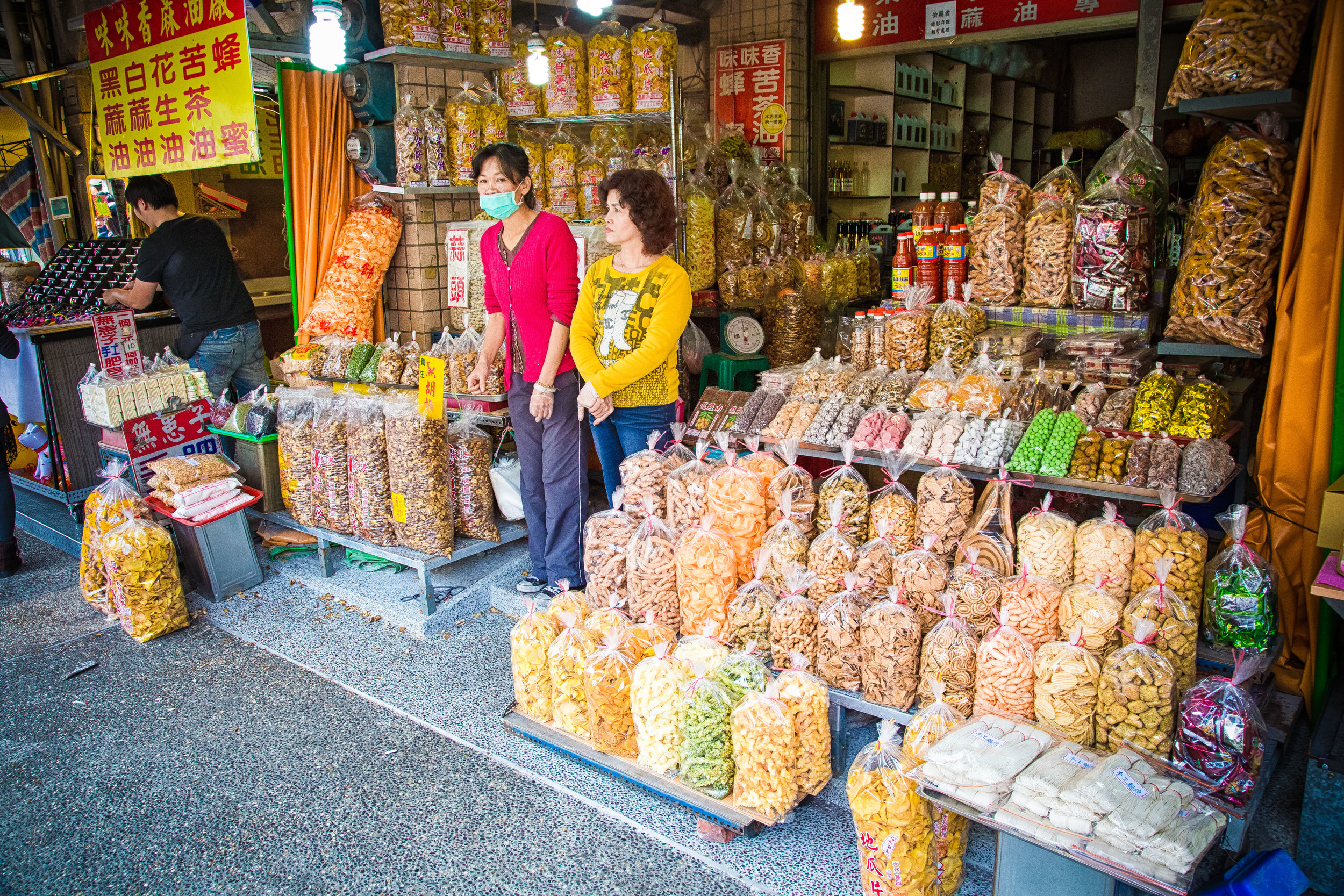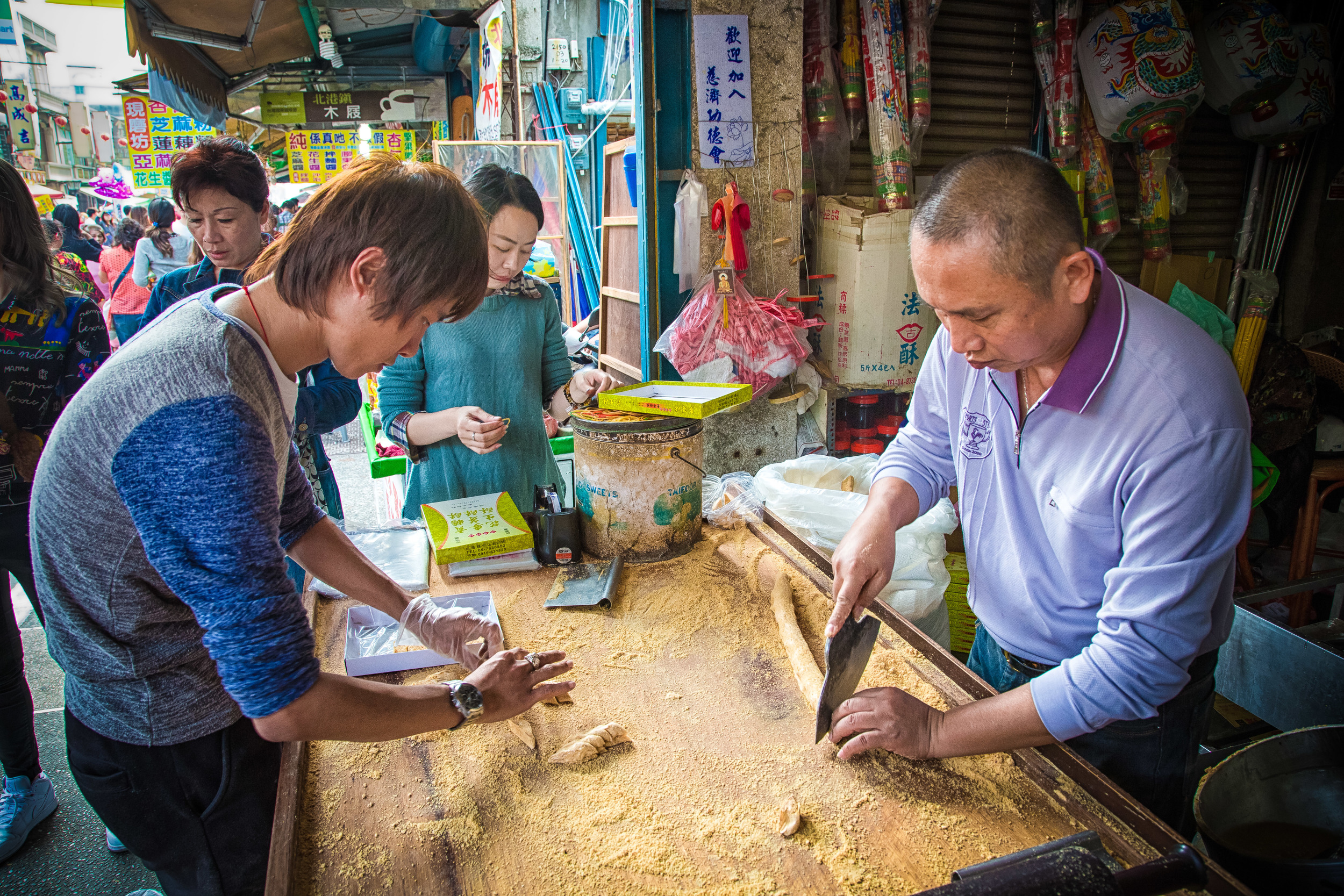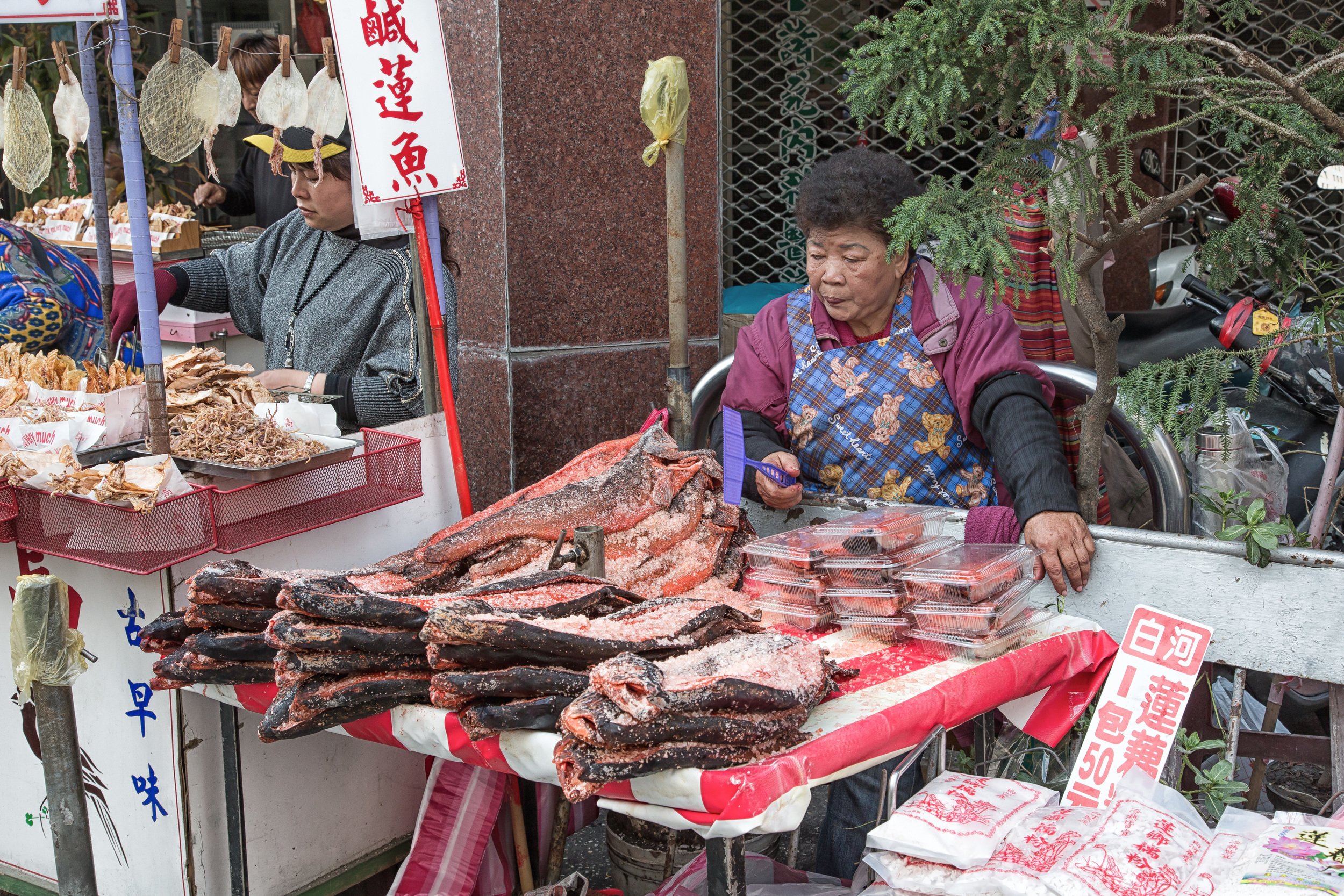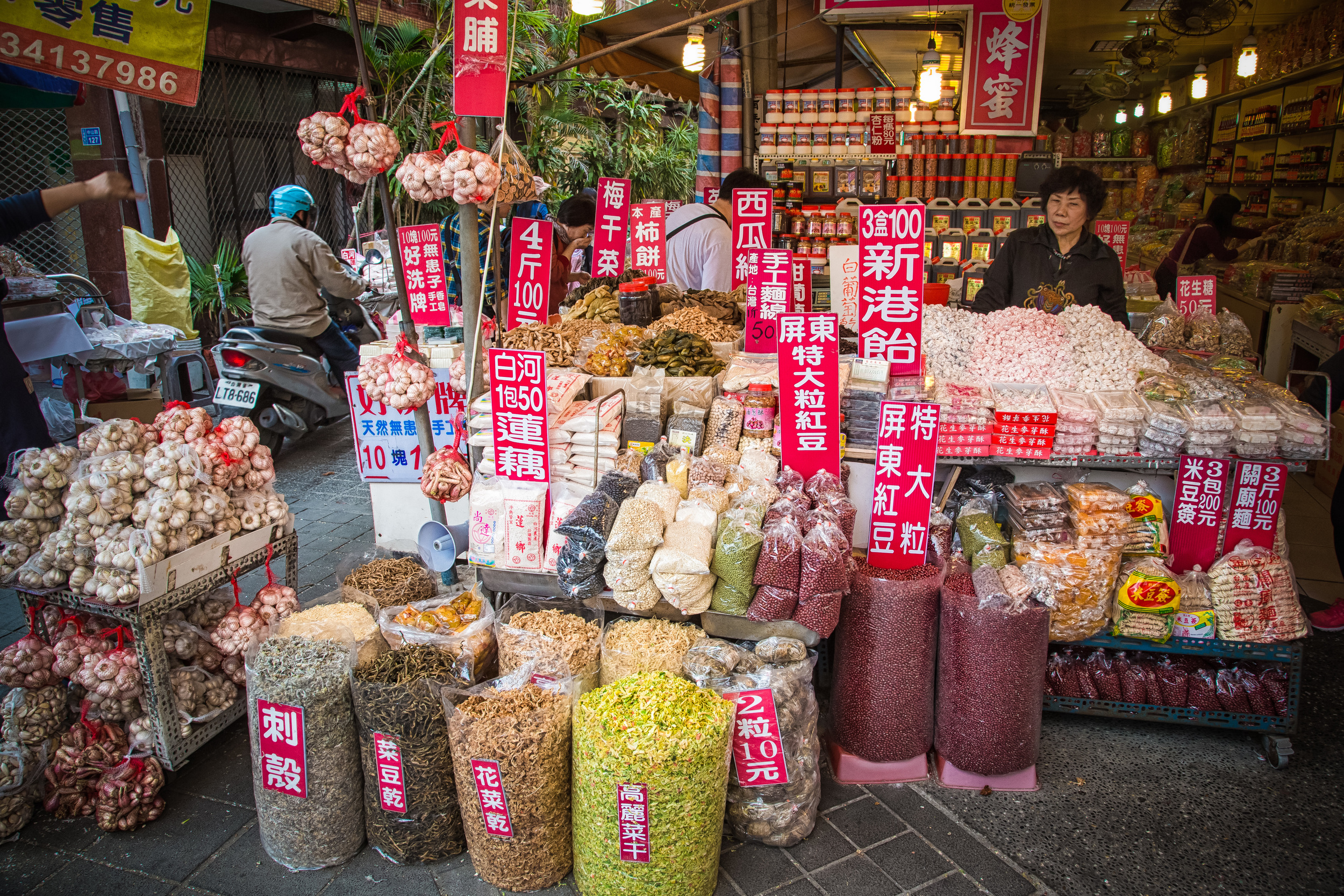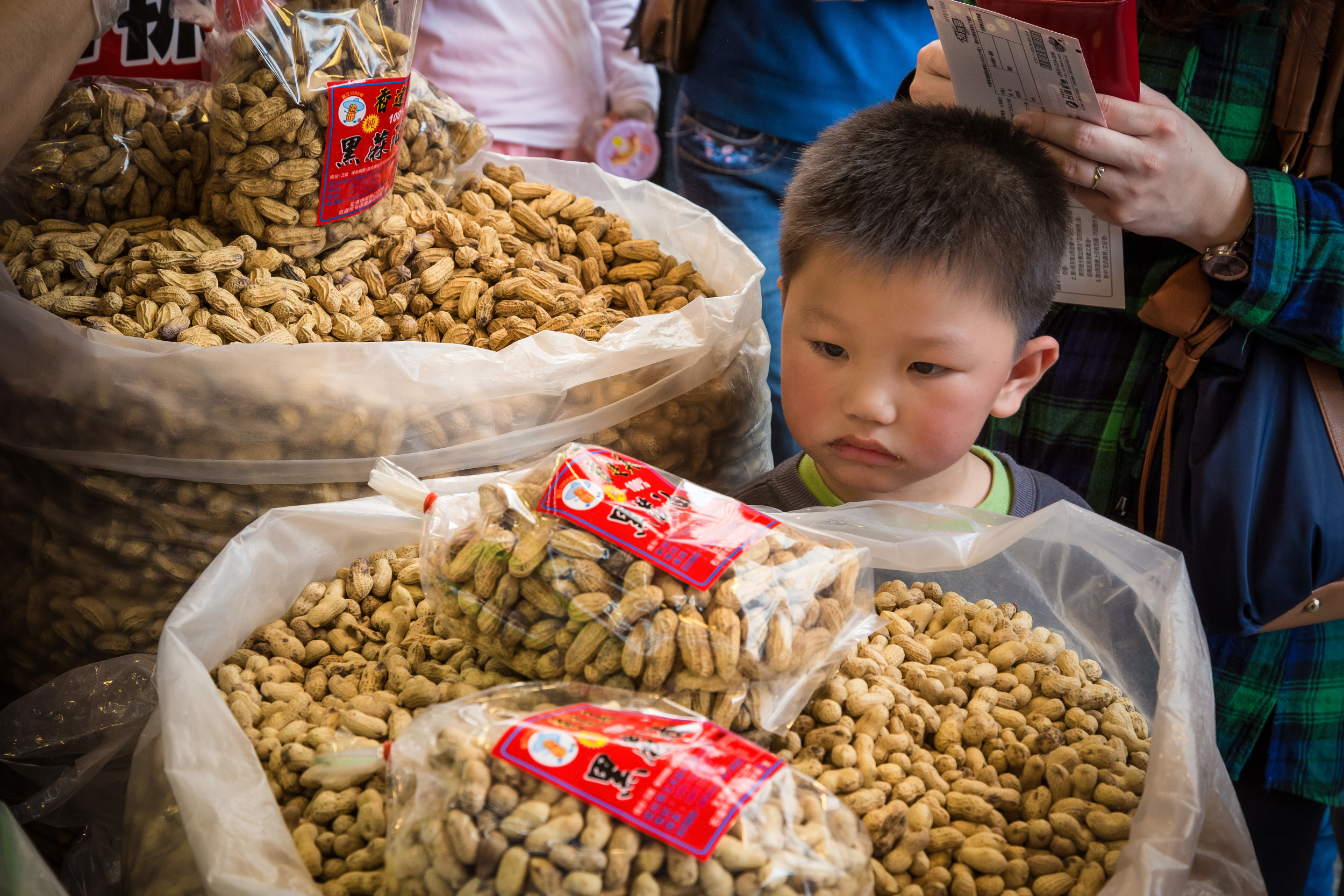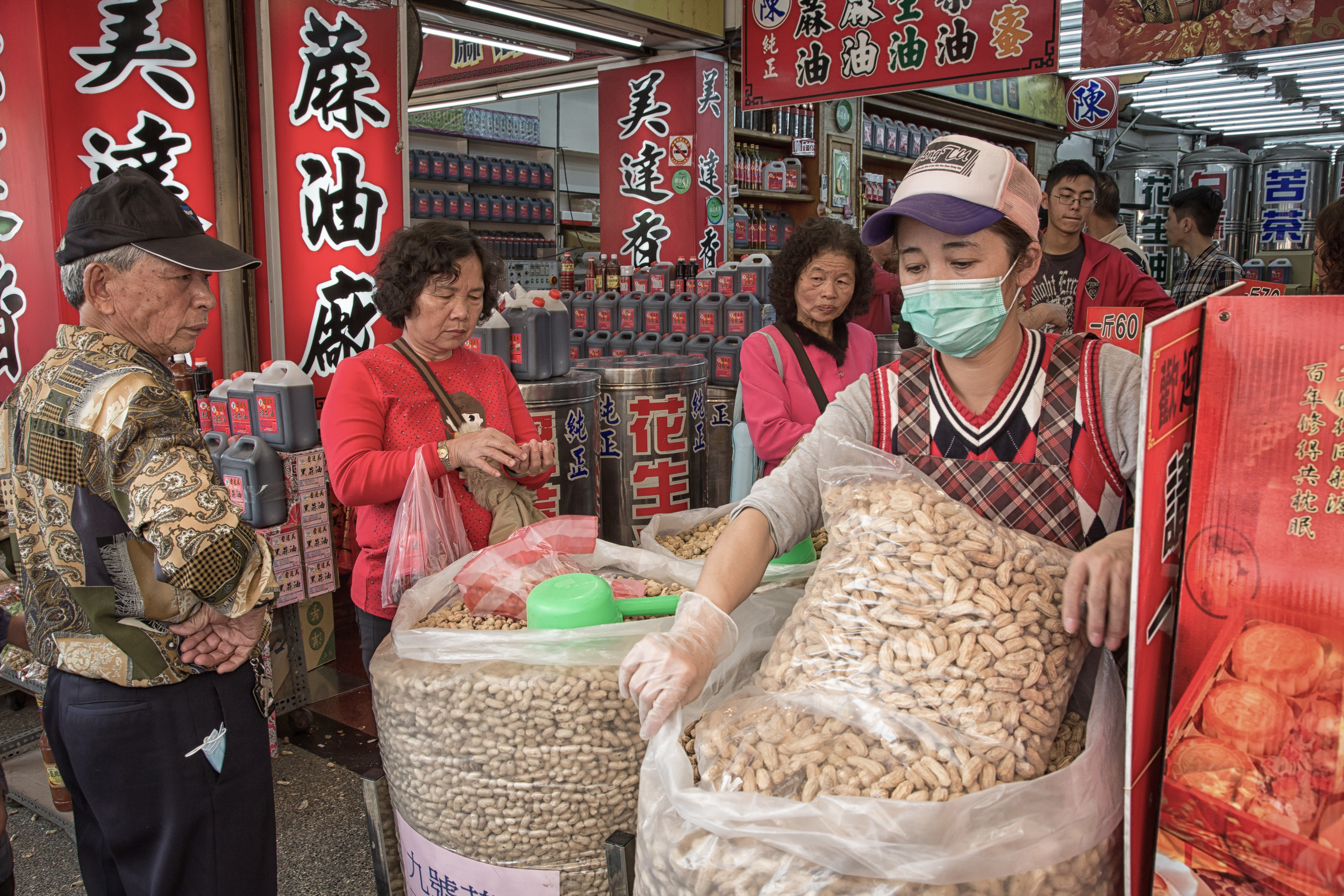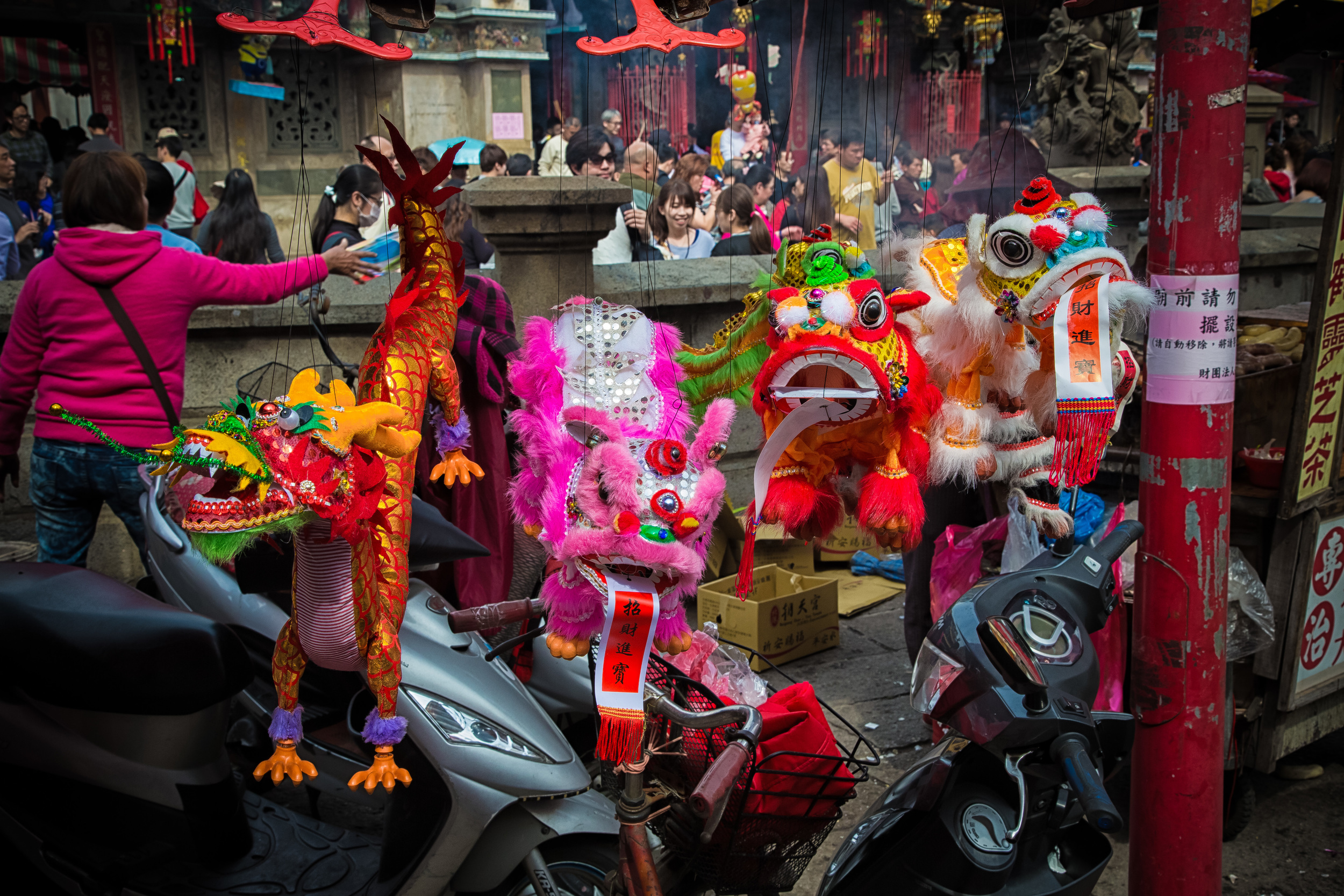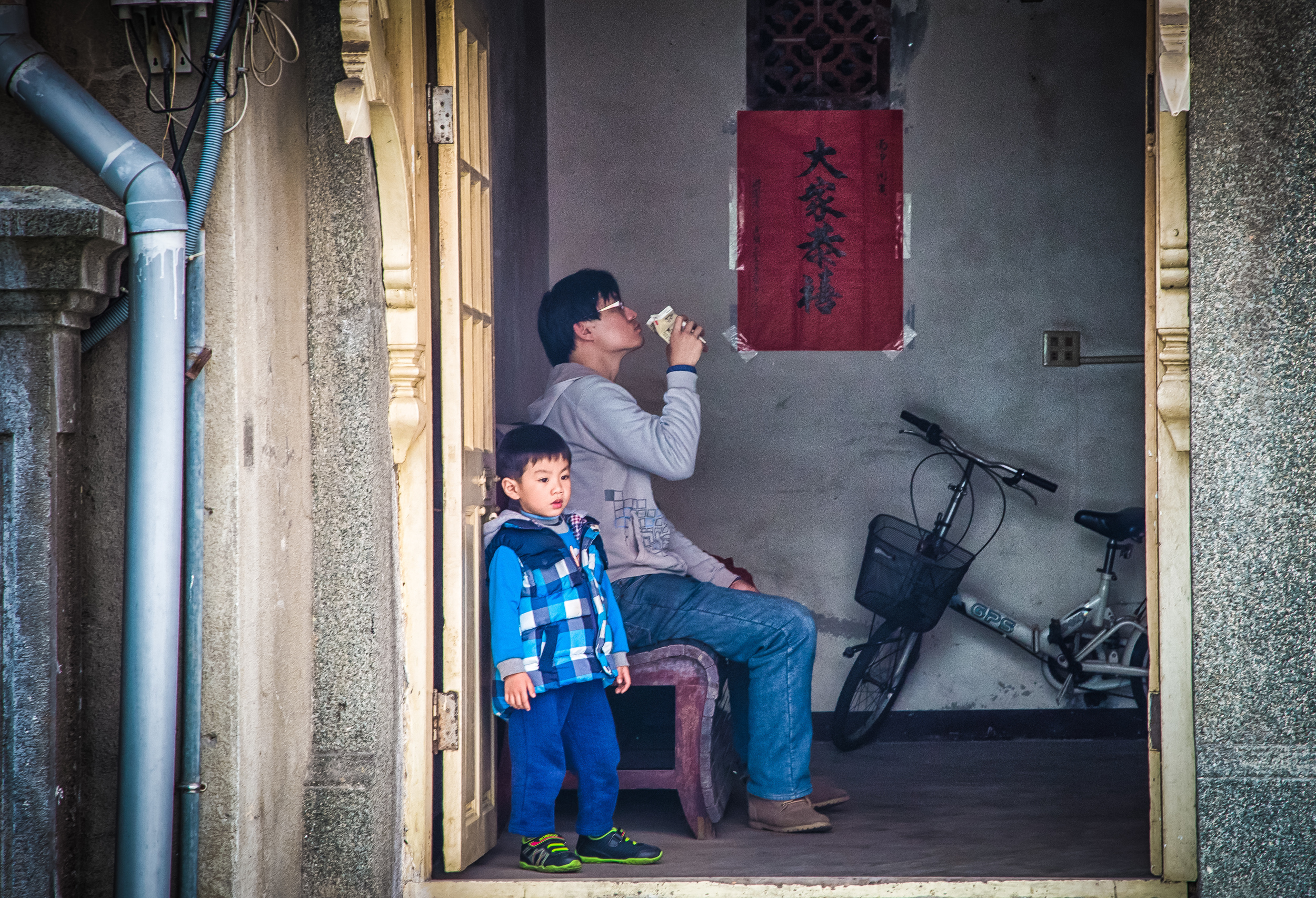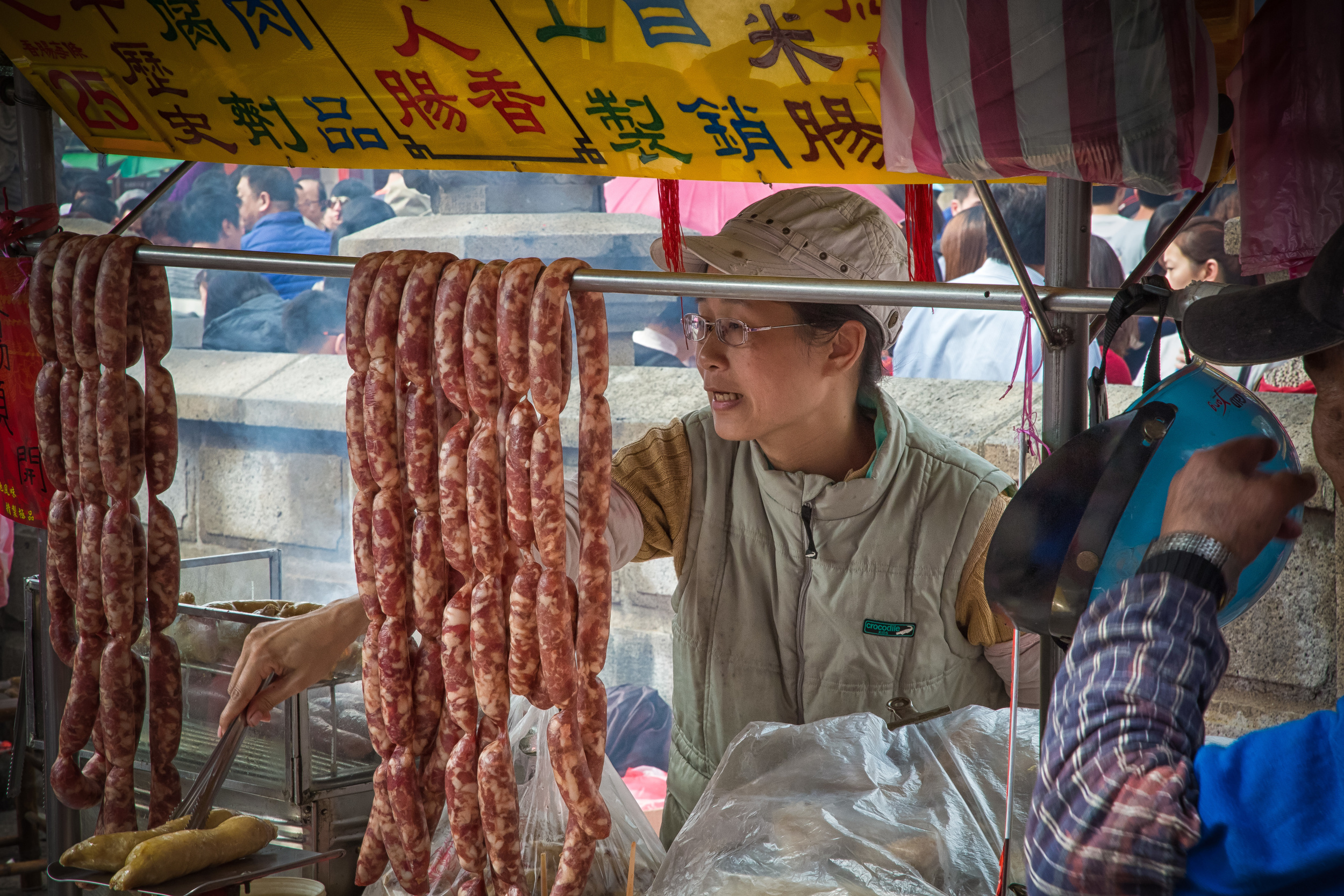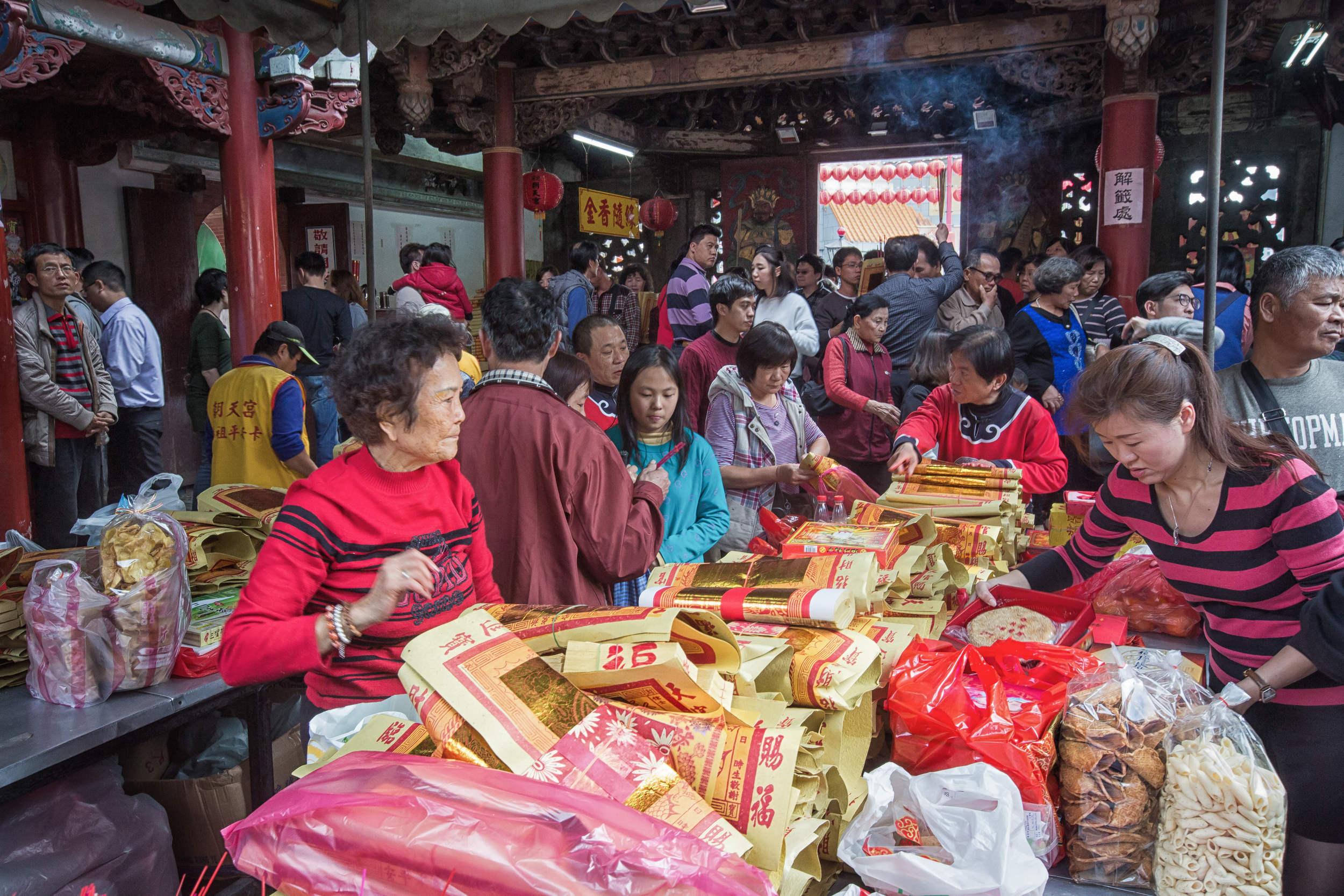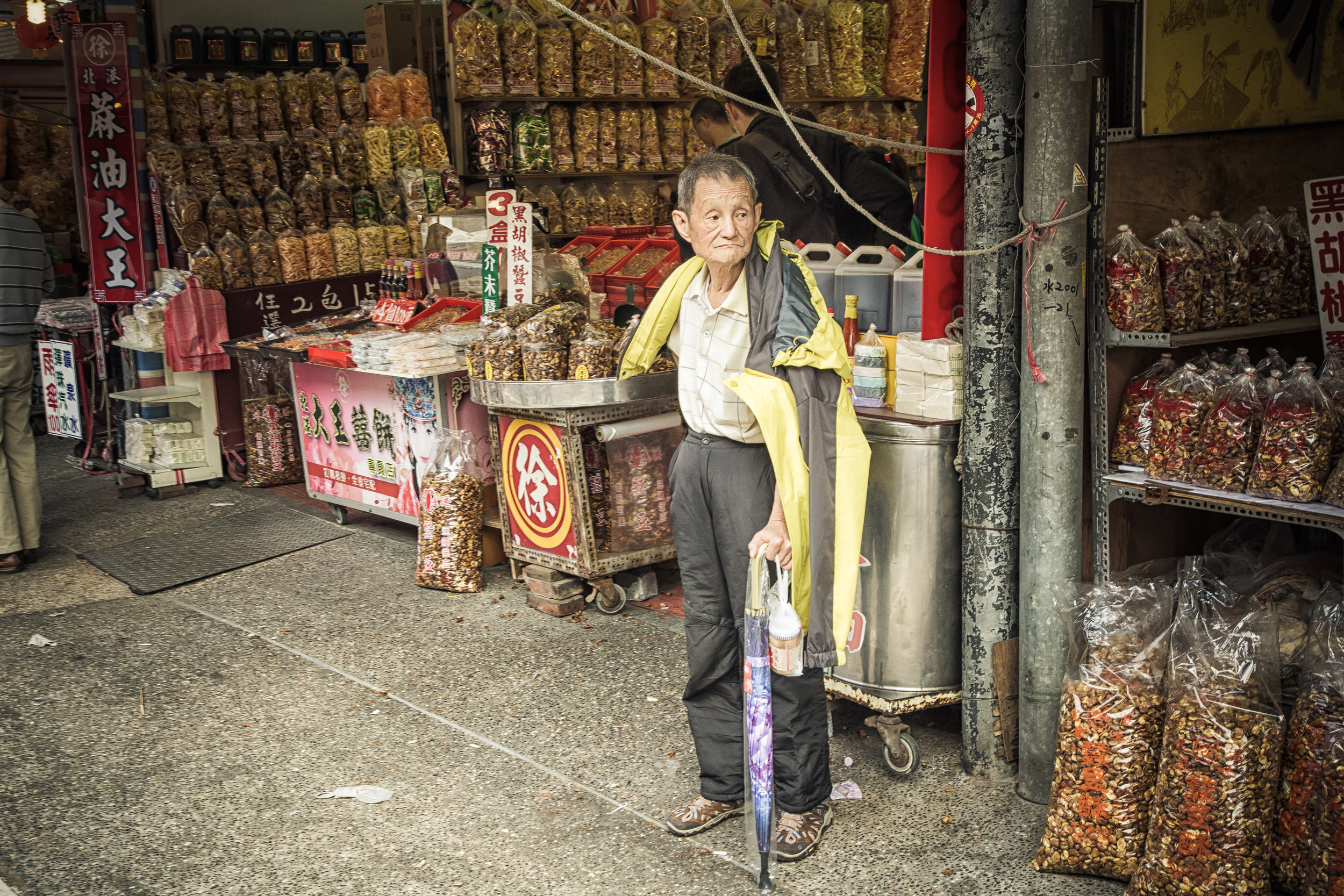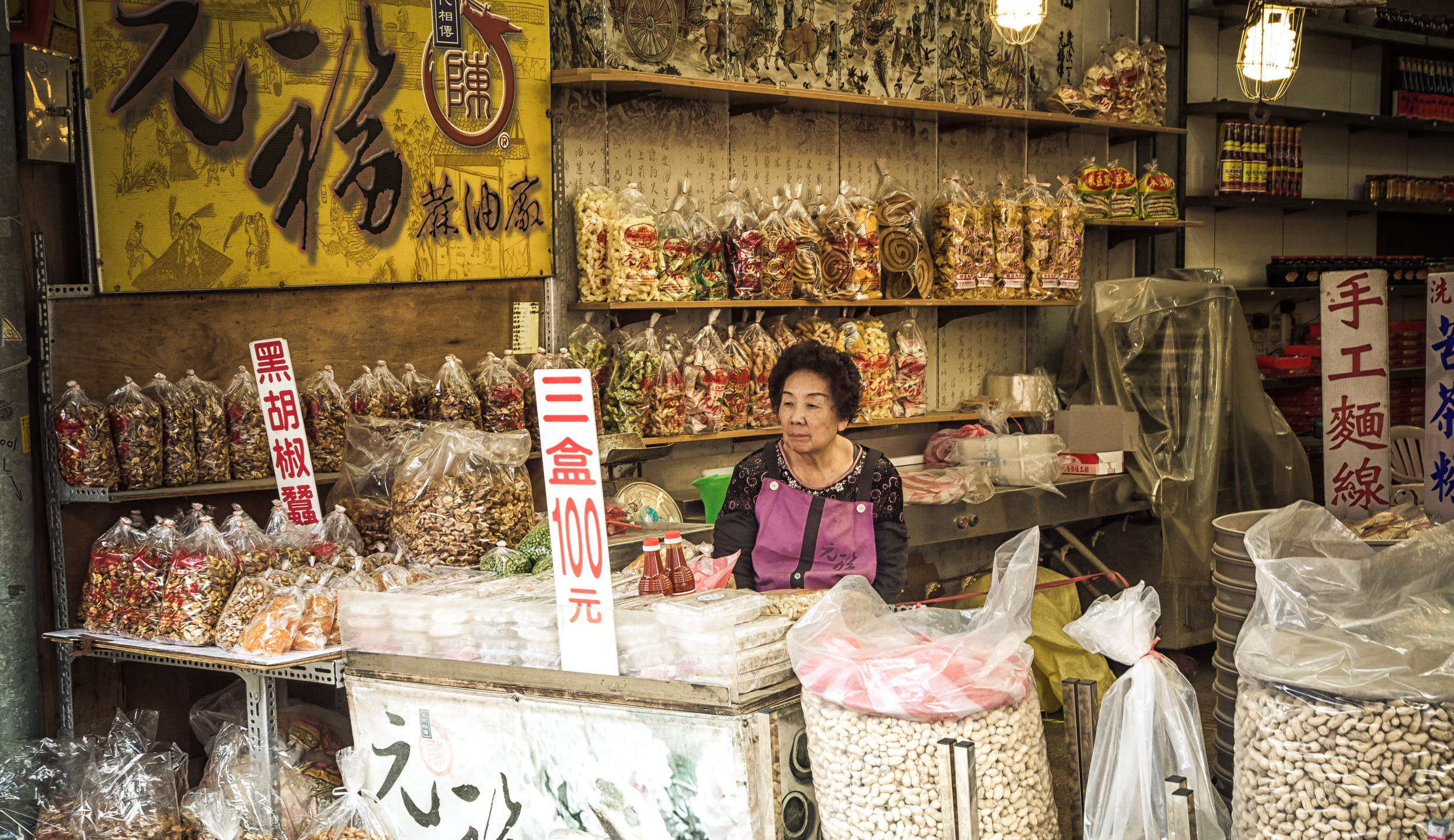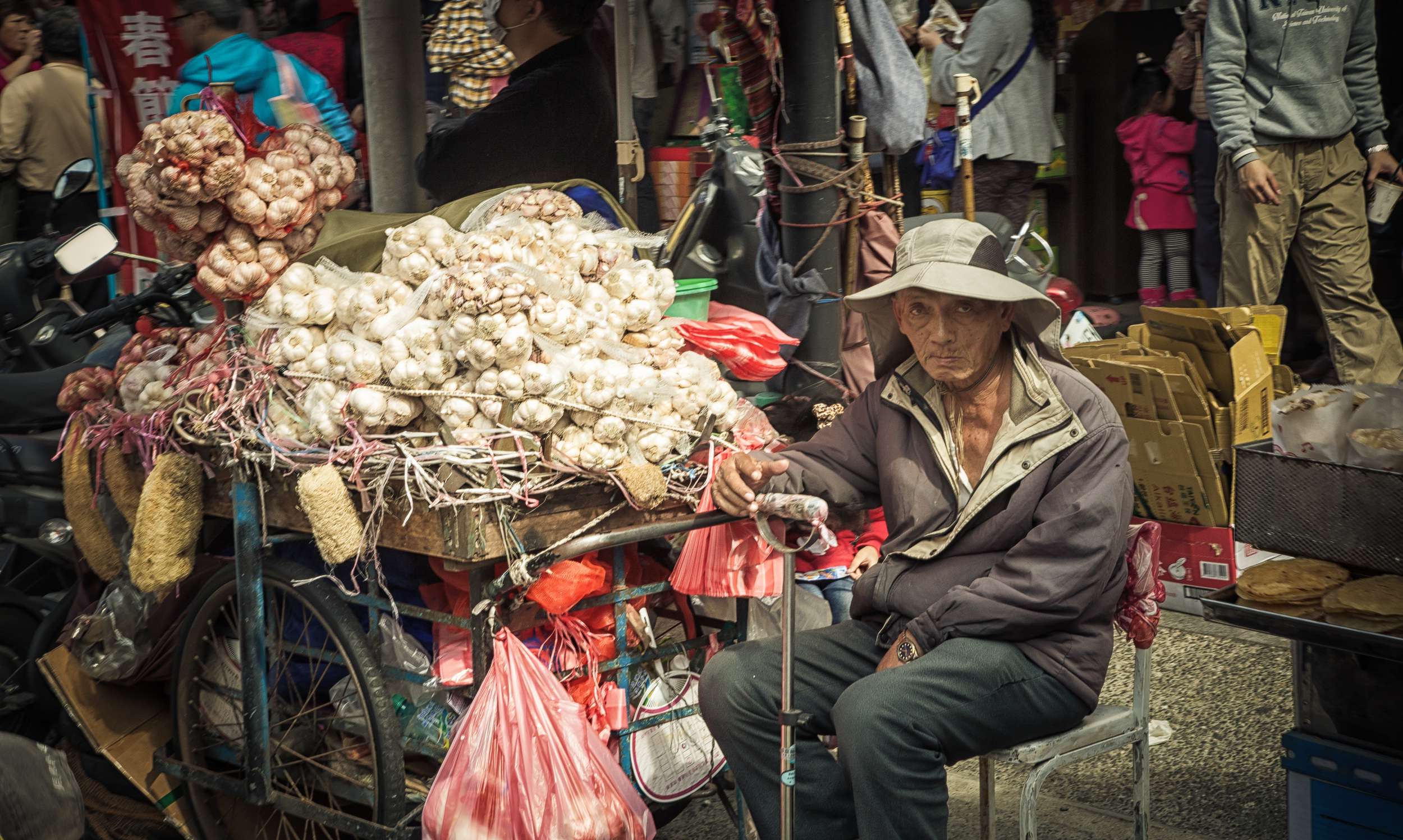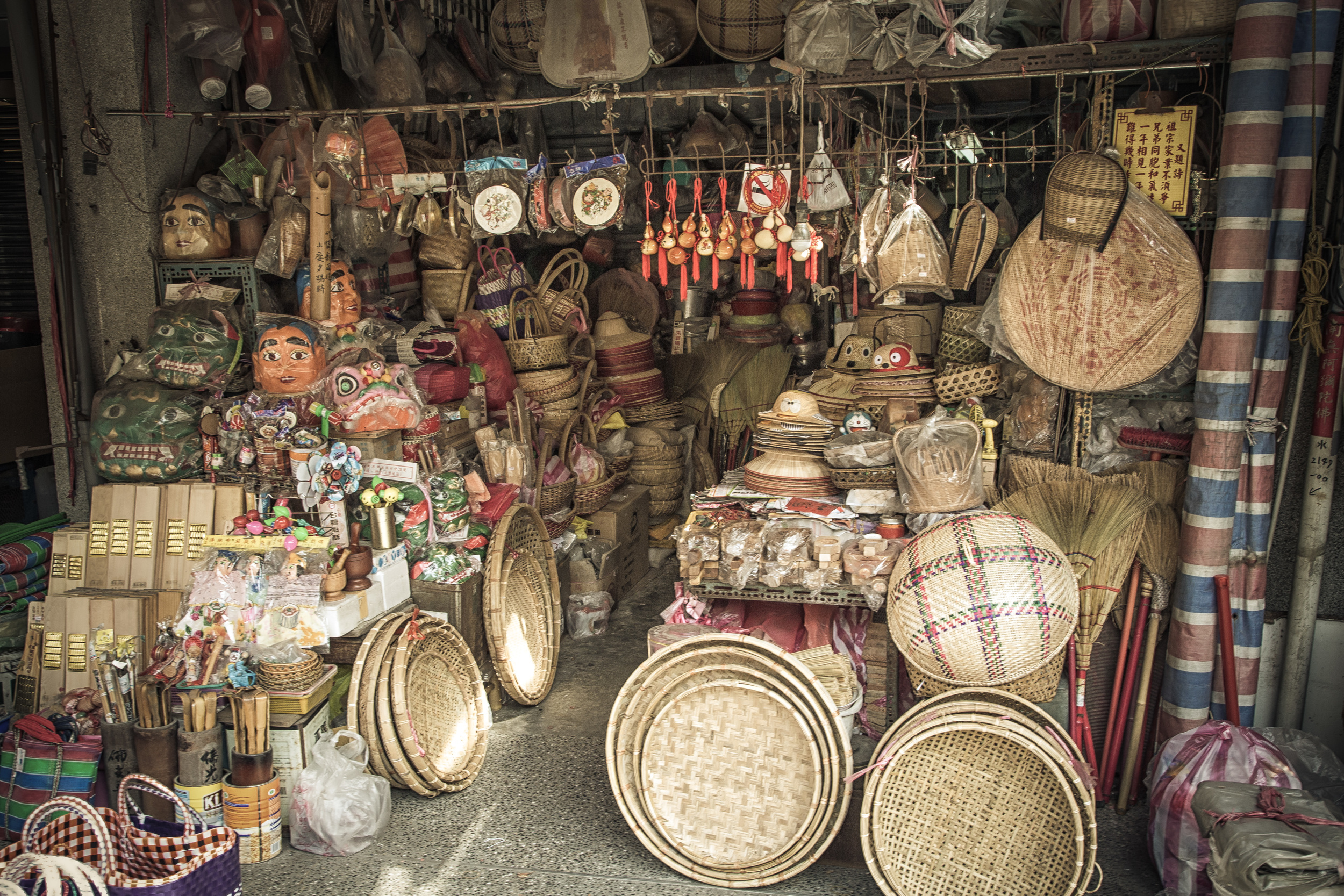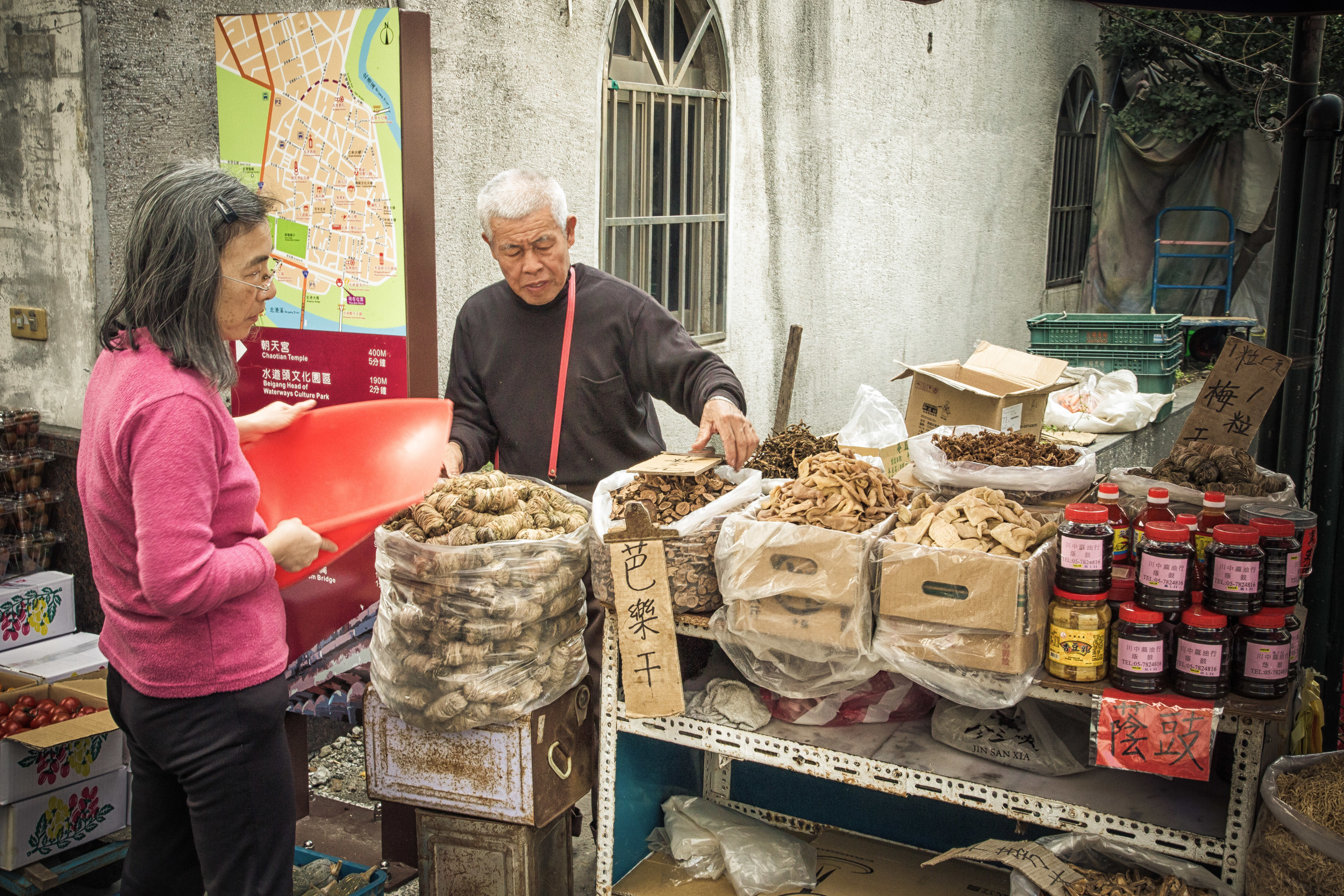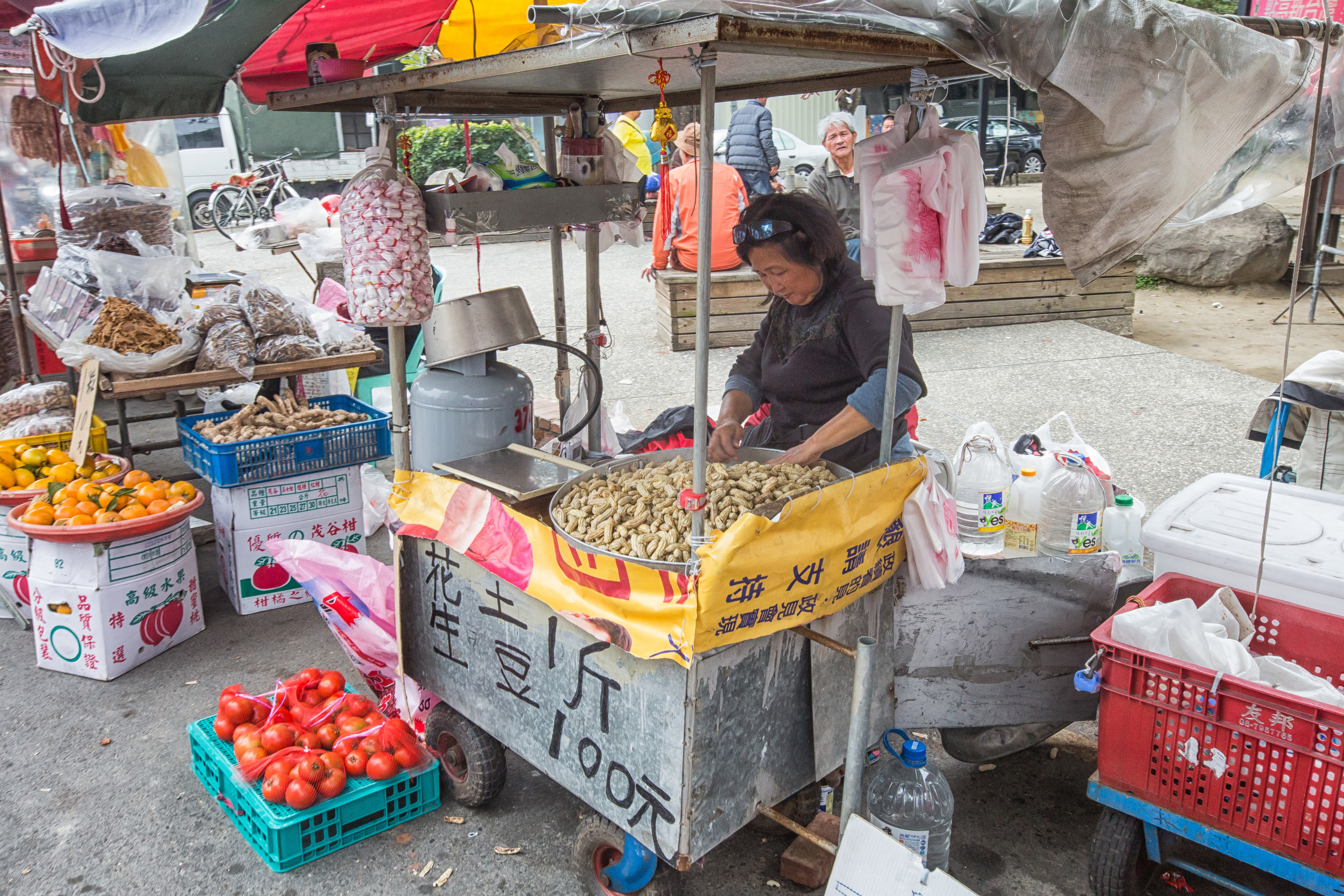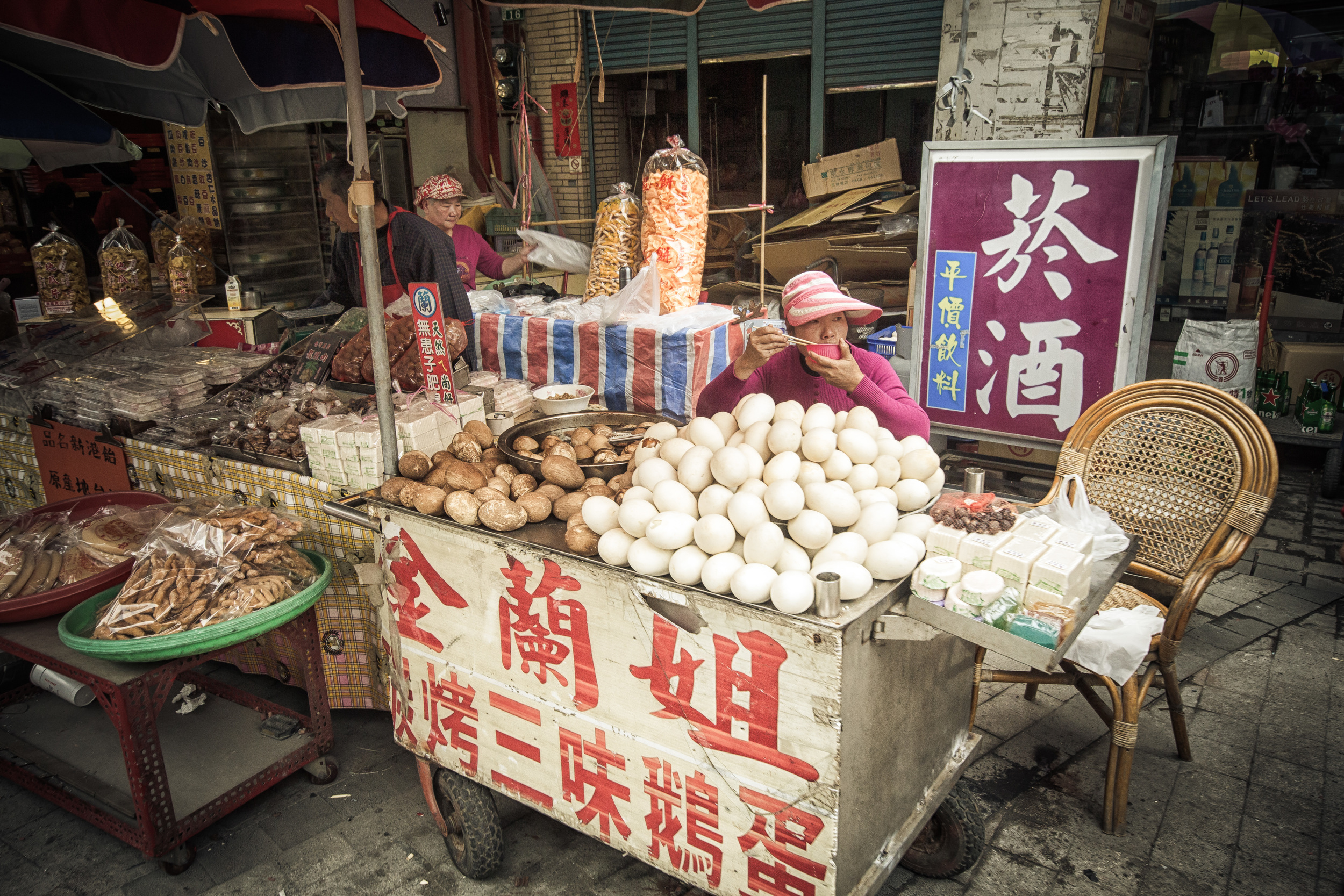Xingang (新港) - Beigang (北港) Temple Shots
Lunar New Year is one of the most important times of the year for people in Taiwan - For students, it is the time when they have their month-long winter vacation (寒假) and for adults, the government mandates at least a week or more off of work to celebrate the holidays giving people a much needed break.
This means that, like in other parts of Asia, there is a mass migration of sorts with people travelling from the place they work to their ancestral homes. It also means that flights out of the country are booked quite early and highways, roads and tourist sites all over the country are jam-packed with travellers who use their time off from work and school to the best of their ability!
I've been in Taiwan for over a decade now and like most Taiwanese people, it has become somewhat of a tradition of mine to use my free time to travel during the holidays. I travel to different places every year but the one constant through all the years is that I always make my way down to Xingang (新港) in Chiayi County (嘉義縣) and its neighbour Beigang (北港) in Yunlin County (雲林)
Historically, both Xingang, which translates as "New Port" and Beigang, "North Port" were important and existed as coastal staging areas during the Dutch occupation of the island. Later, they became the most important ports for trade in the 17th Century and brought a lot of prosperity to the area.
Today, the two villages are most well-known for their famous temples which date back to the 1600s. The Beigang Chaotian Temple (北港朝天宮) is visited by more than a million people each year and the Xingang Fengtian Temple (新港奉天宮) claims to be the first Mazu (媽祖) temple in Taiwan. Coincidentally these temples being as old as they are, as well off as they are and as close as they are had somewhat of an unhealthy rivalry that went on for decades. This rivalry only ended recently (2009) when the Mazu statue from Fengtian Temple visited the Chaotian Temple as a show of reconciliation.
Oh, religion..
What I want to focus on today however is the Lunar New Year markets that open up around the temples every year. You may notice that the photos in this post are only of vendors and religious people on the streets. I'm going to make a second post in a day or two that will deal with similar-style candid street shots of people inside the two important temples - but I won't focus on the temples as much as I would like to do a more detailed blog about them in the future.
For more about Beigang check out this post: A whirlwind tour of Beigang 北港
When I posted about Dihua street this year and last year I made comments about the amount of people that show up. Dihua, like a lot of other streets in Taipei is a small street and the amount of people that pack themselves onto the street leading up to the New Year makes shopping there a bit uncomfortable.
Thankfully Xingang and Beigang are in the south of the country where space is more open and the streets are larger and wider. This means that the amount of people that you will see in both areas during the Lunar New Year is not even comparable to what you'd see at Dihua street. When you start walking on the streets and you see the amount of people it can be a bit overwhelming, but when you are in the middle of it all you quickly realize that people there are kind and the crowds are always well behaved and boisterous.
The vendors in both areas sell a lot of different kinds of traditional foods and snacks as well as favourite peanut chilli sauce (花生辣椒醬) which I make sure to buy every year I visit.
If you visit the area you'll fall in love with just how cheap every thing is - The restaurants on the streets serve up some amazing fresh dishes at a fraction of the price of what you'd find in the north and they're all so tasty.
In both markets you'll find a lot of traditional Taiwanese food and snacks including locally grown peanuts and peanut-related candies, a lot of fresh produce (including some really great cherry tomatoes) , a large assortment of dried fruit, dried meat, dried seafood, salted fish, giant goose eggs and pickled vegetables among many other things. Beigang is also famous for its traditional wedding cakes (喜餅) which are given out to guests at wedding ceremonies all over Taiwan.
I ended up leaving with a full belly, some bags of tomatoes, oranges, garlic and my chilli sauce.
For some people, the Dihua Market in Taipei is a pretty cool event, and I admit that I've gone for the past two years (for photos only) but nothing really compares to the good time I have every year when I visit Xingang and Beigang. The crowds are enjoyable, the food is great and the temples are massive and full of history.
The traffic jam on the way back home however - Not the best part of the day!
I'll post again in a day or two with shots of people from inside Fengtian Temple and Chaotian Temple and then I'll end my Lunar New Year blog posts for this year with a big one about the Taiwan Lantern Festival!
Gallery / Flickr (High Res Shots)
